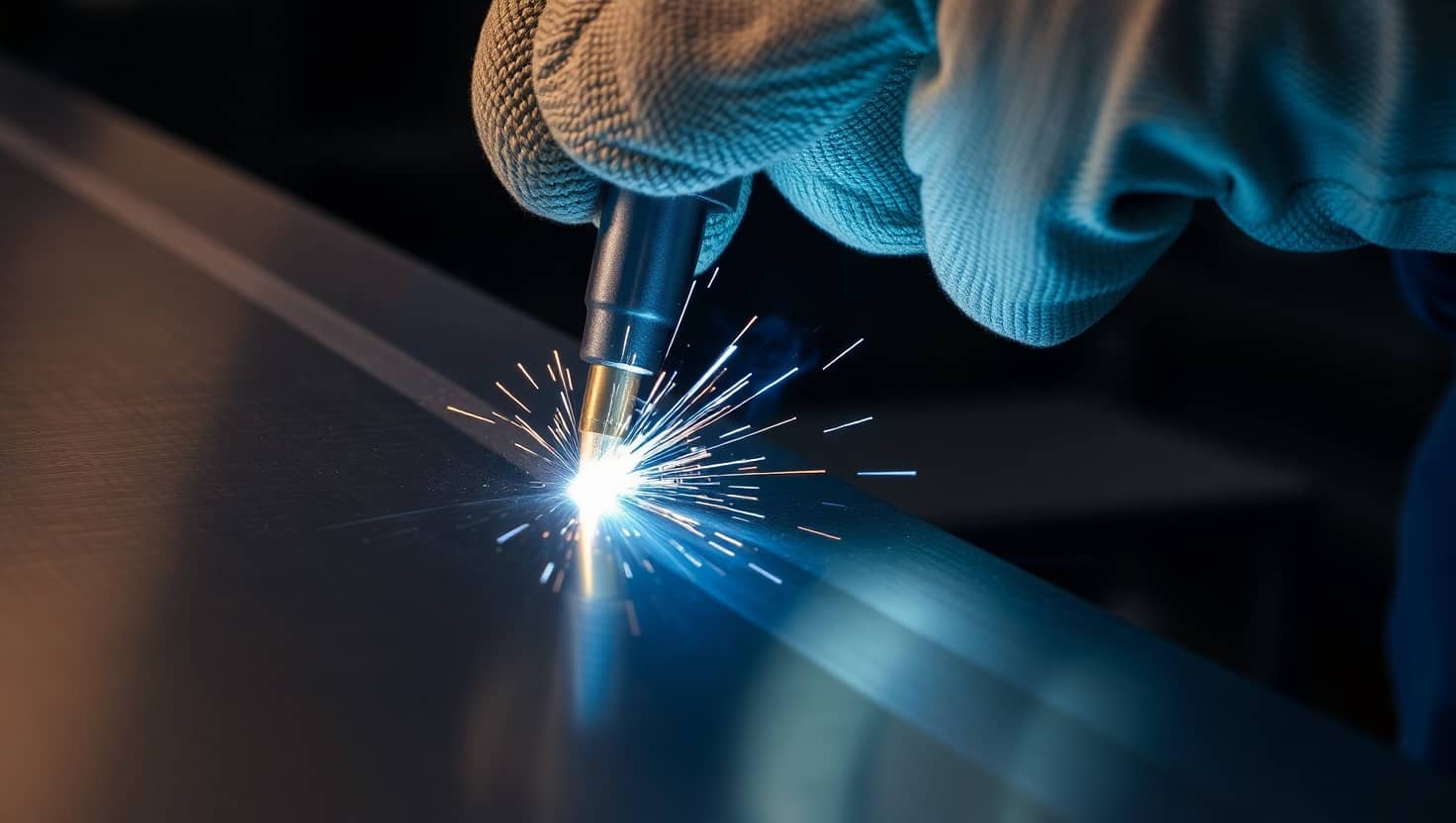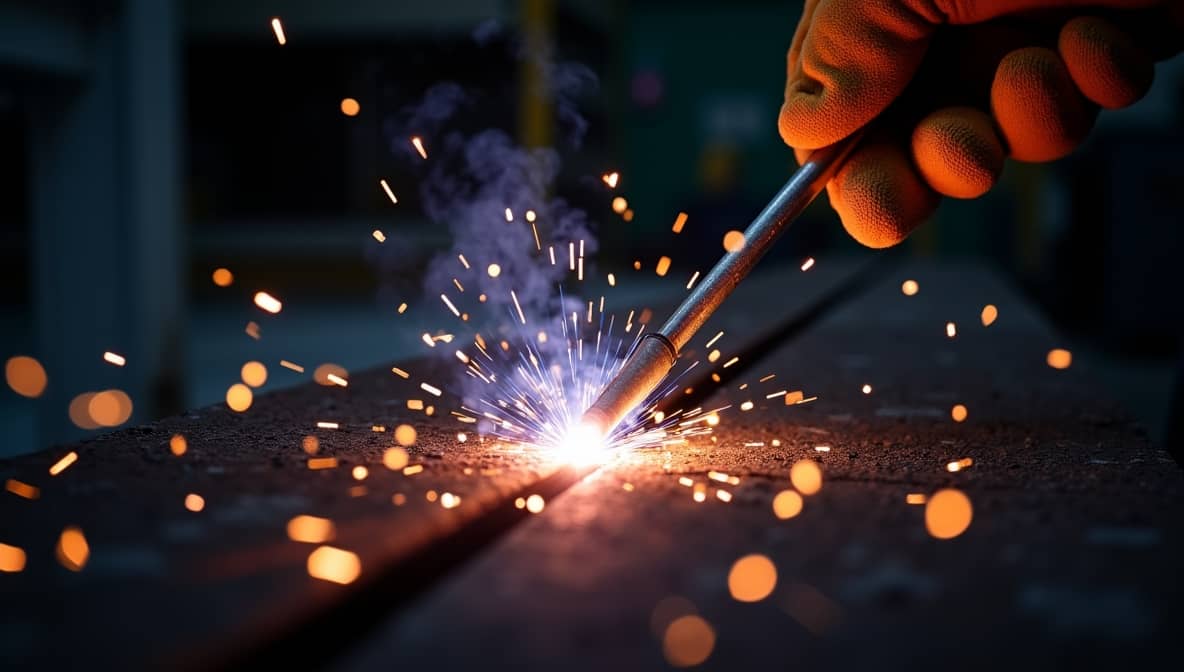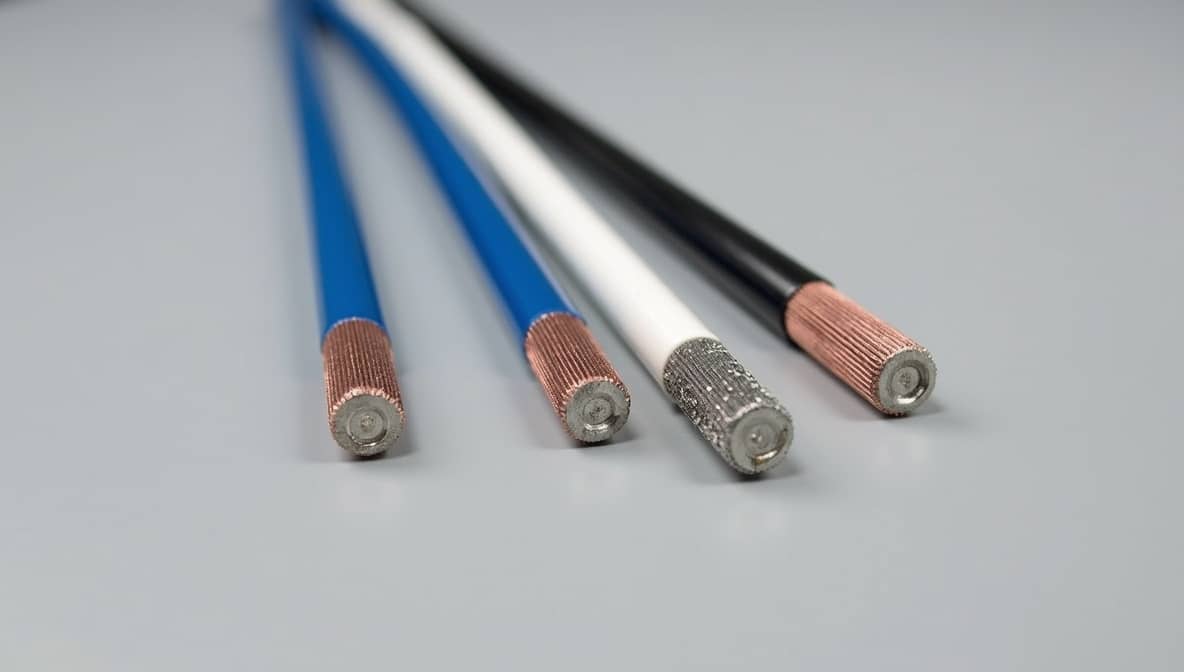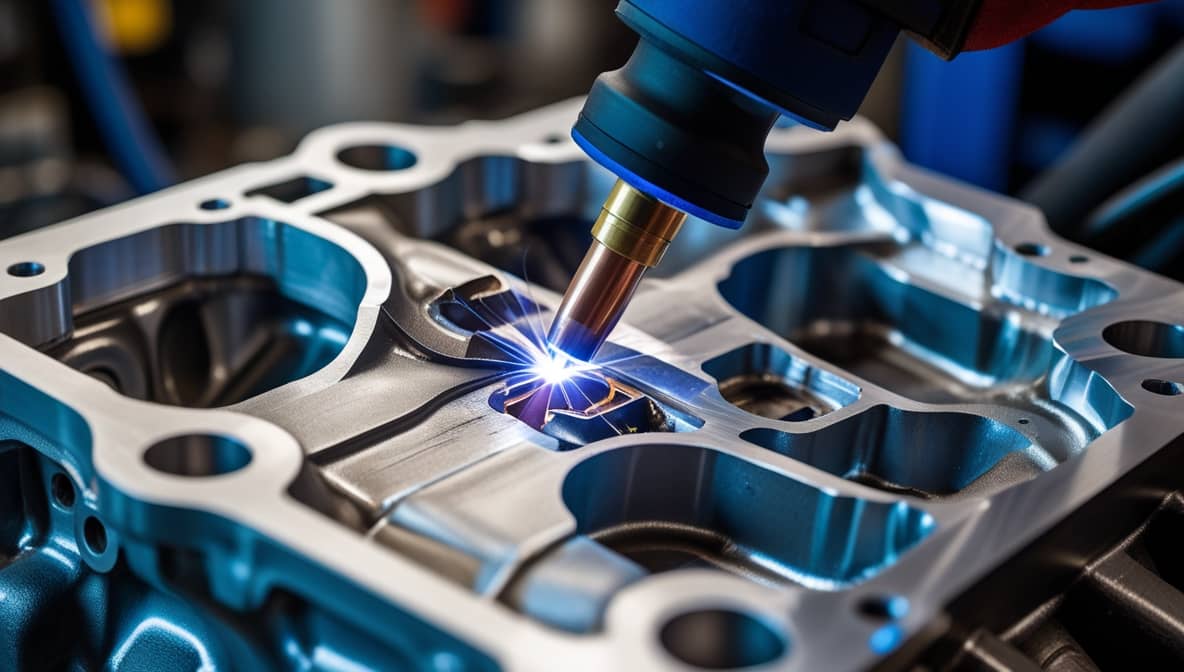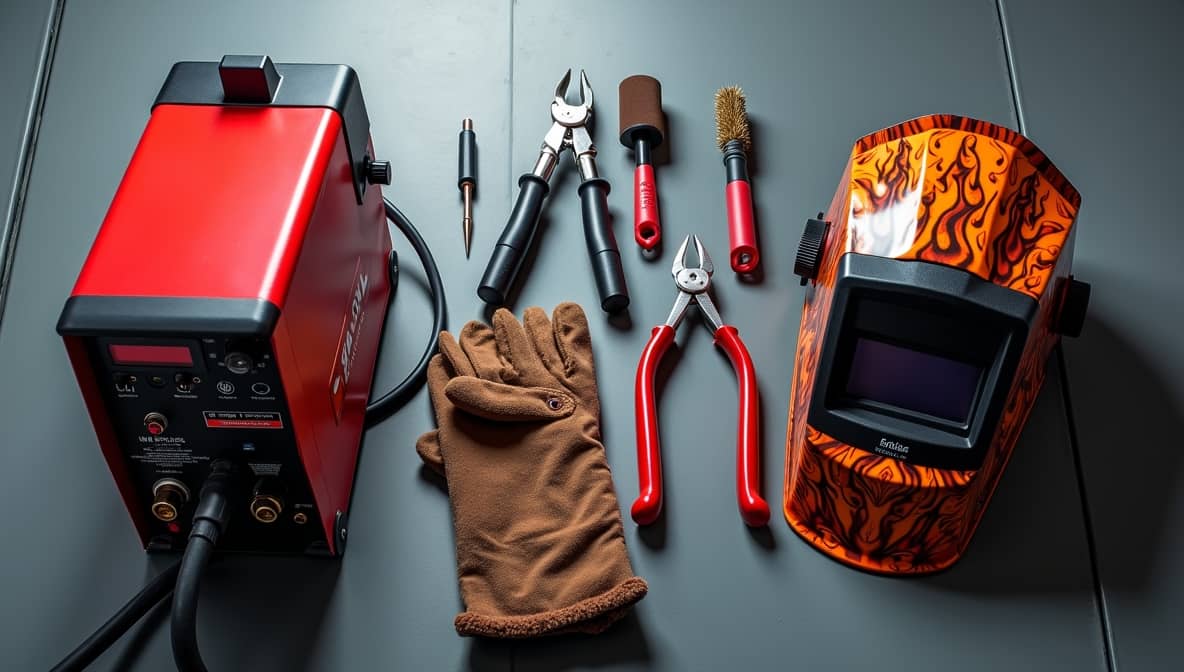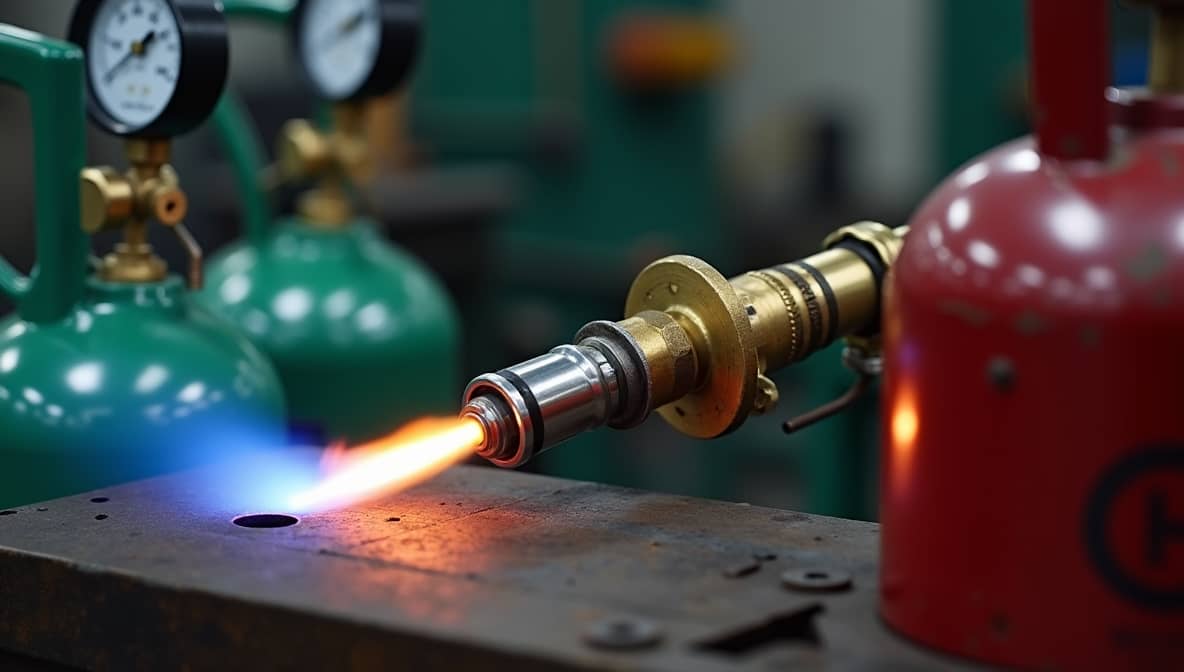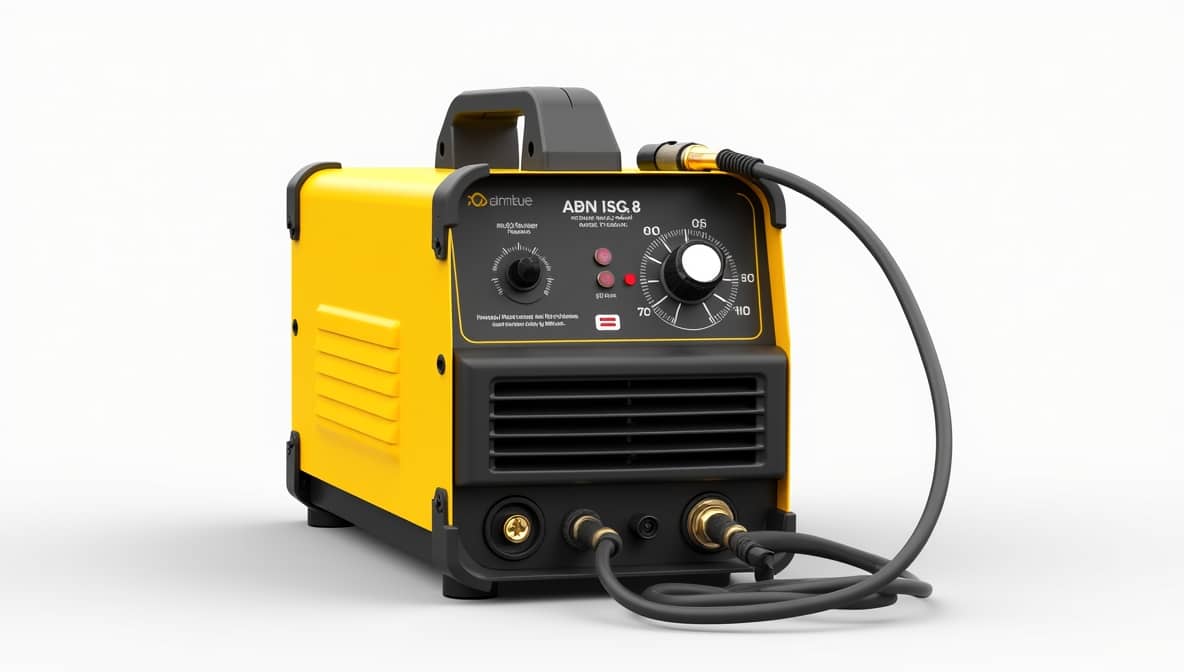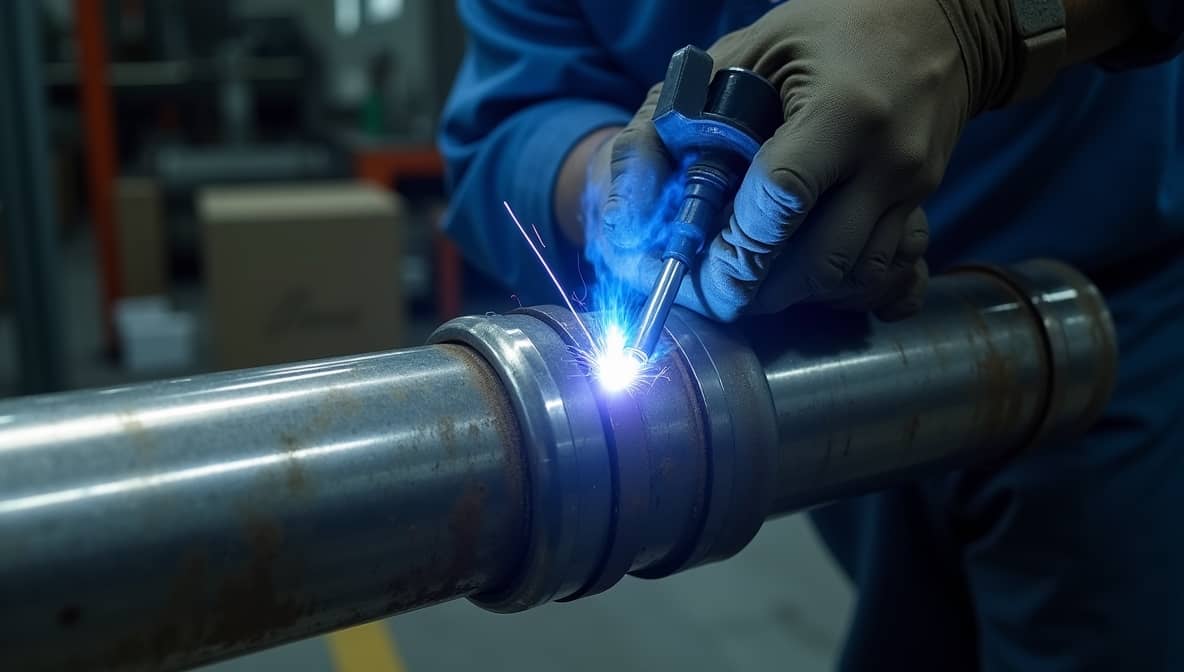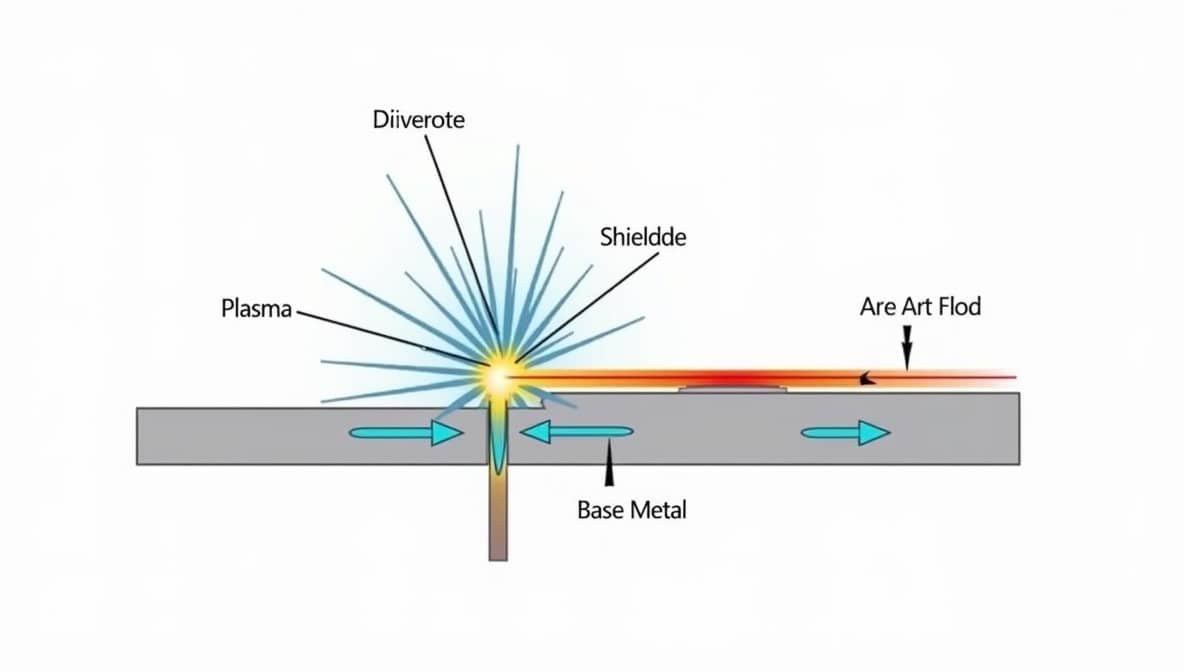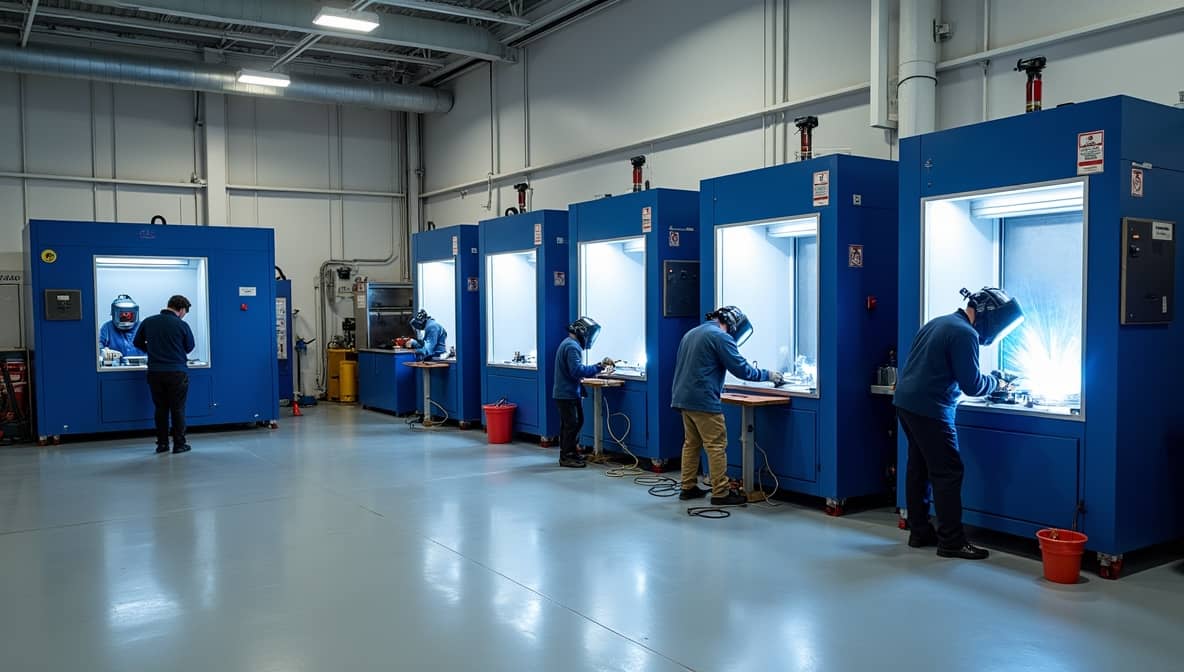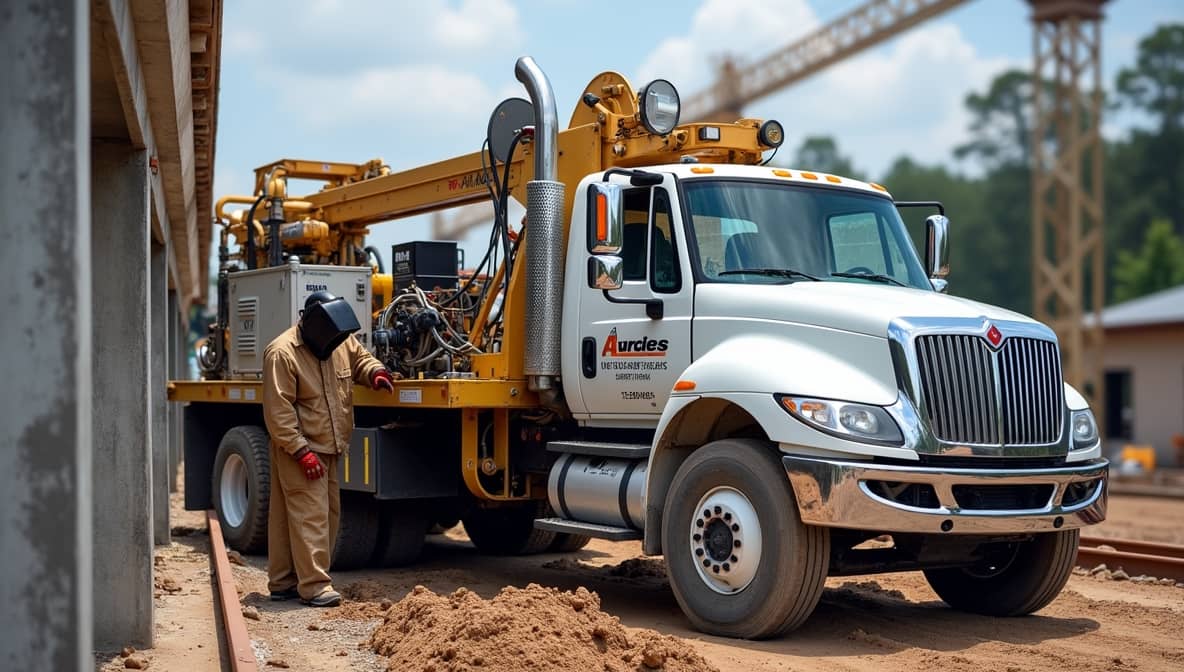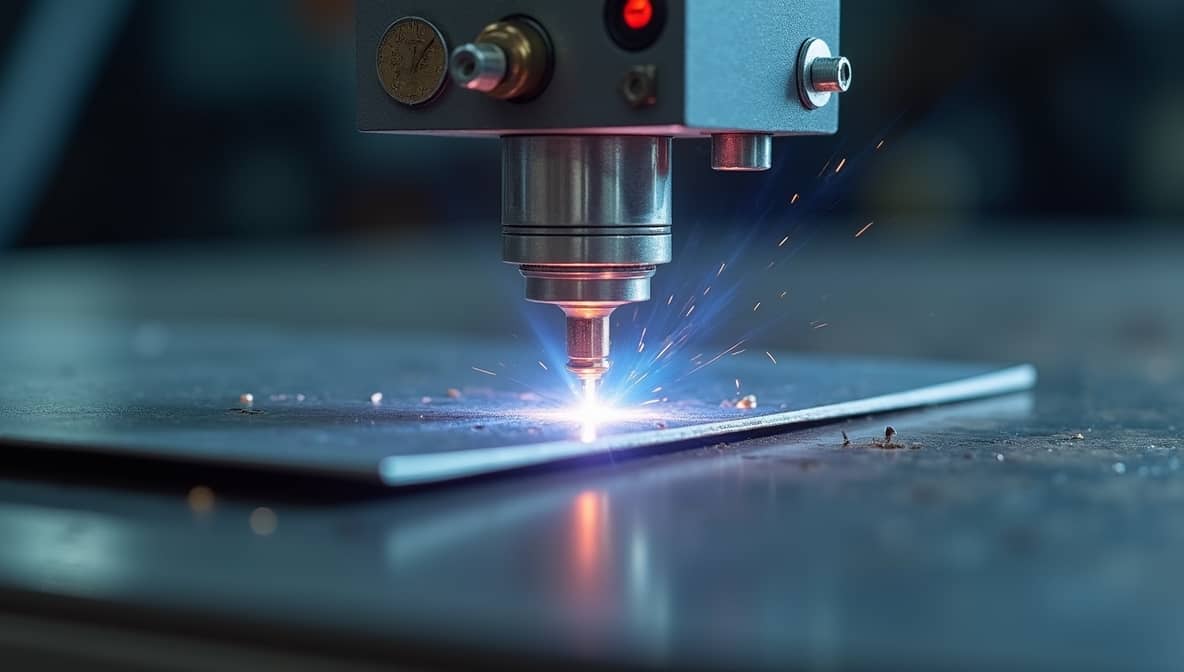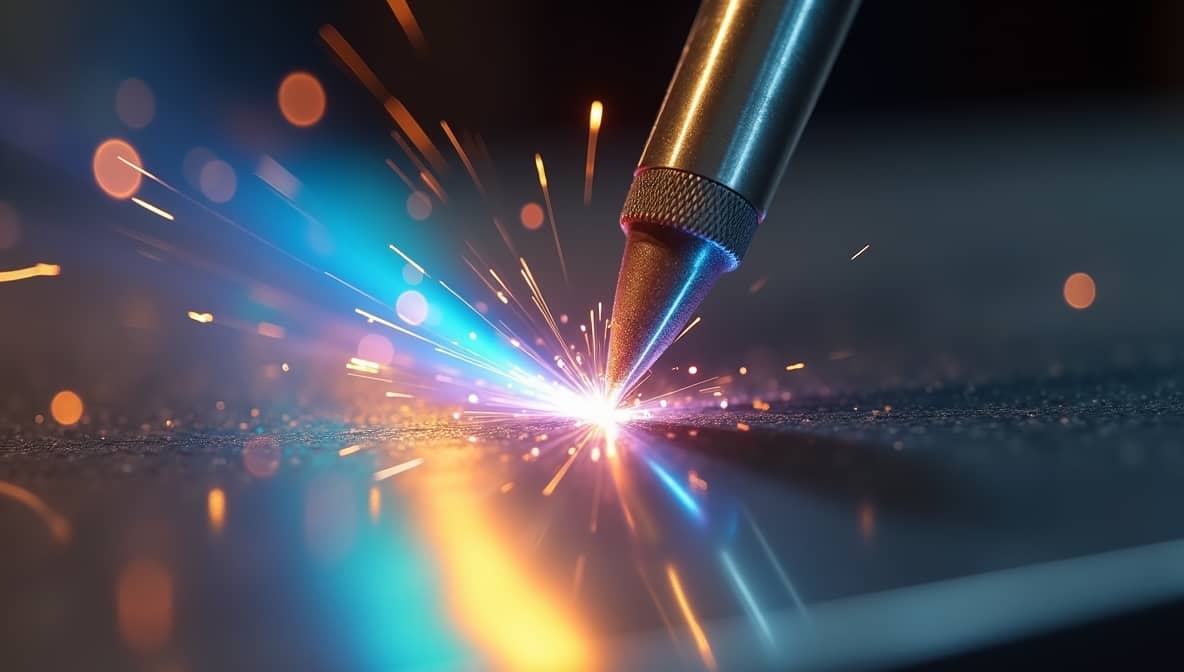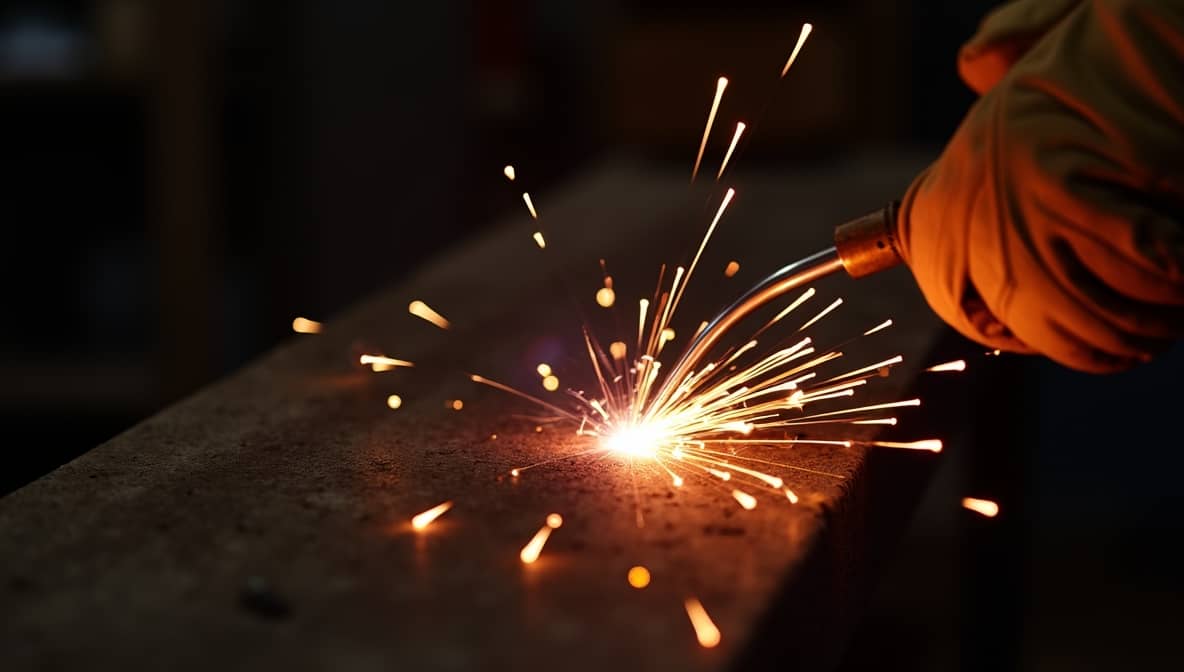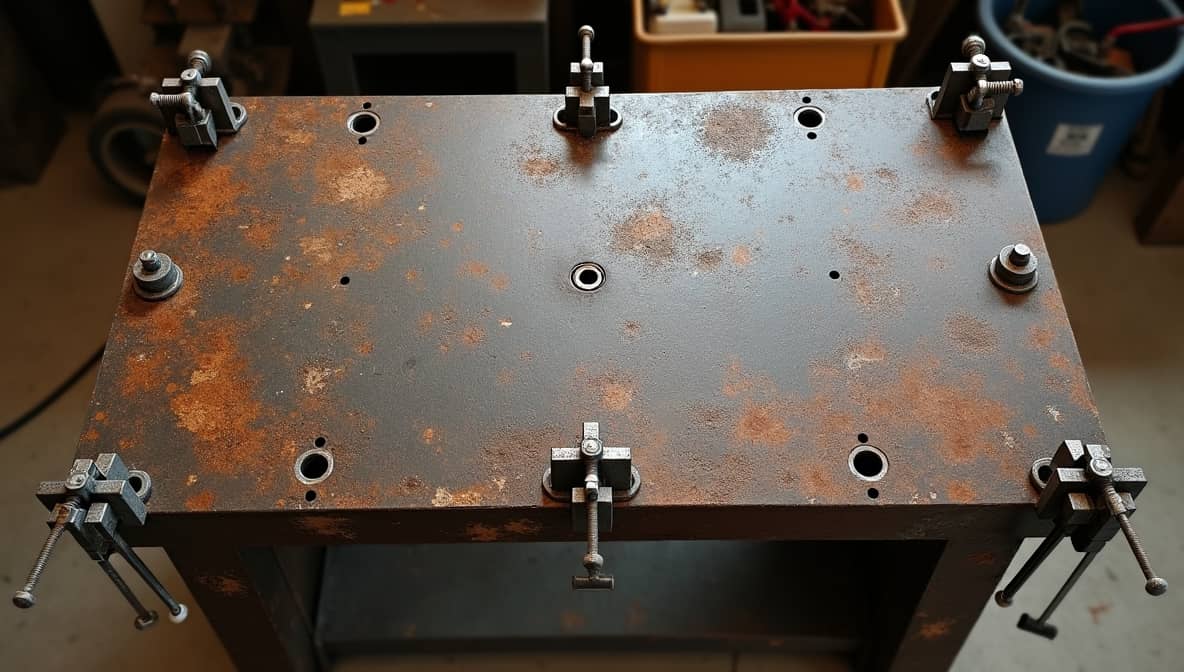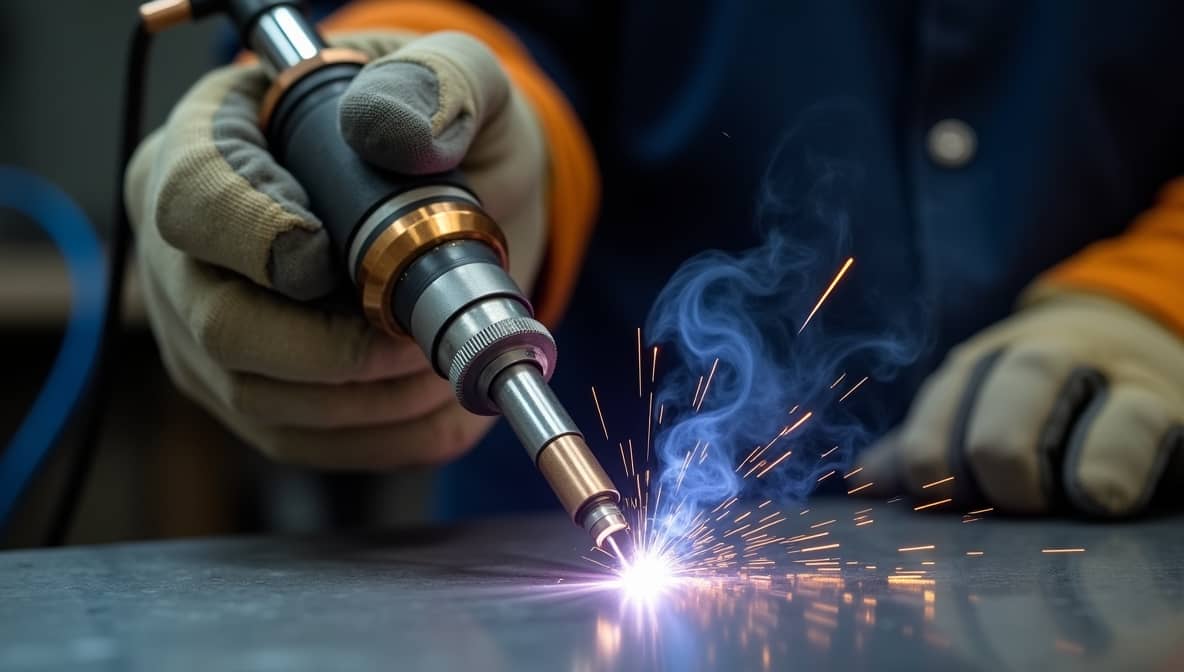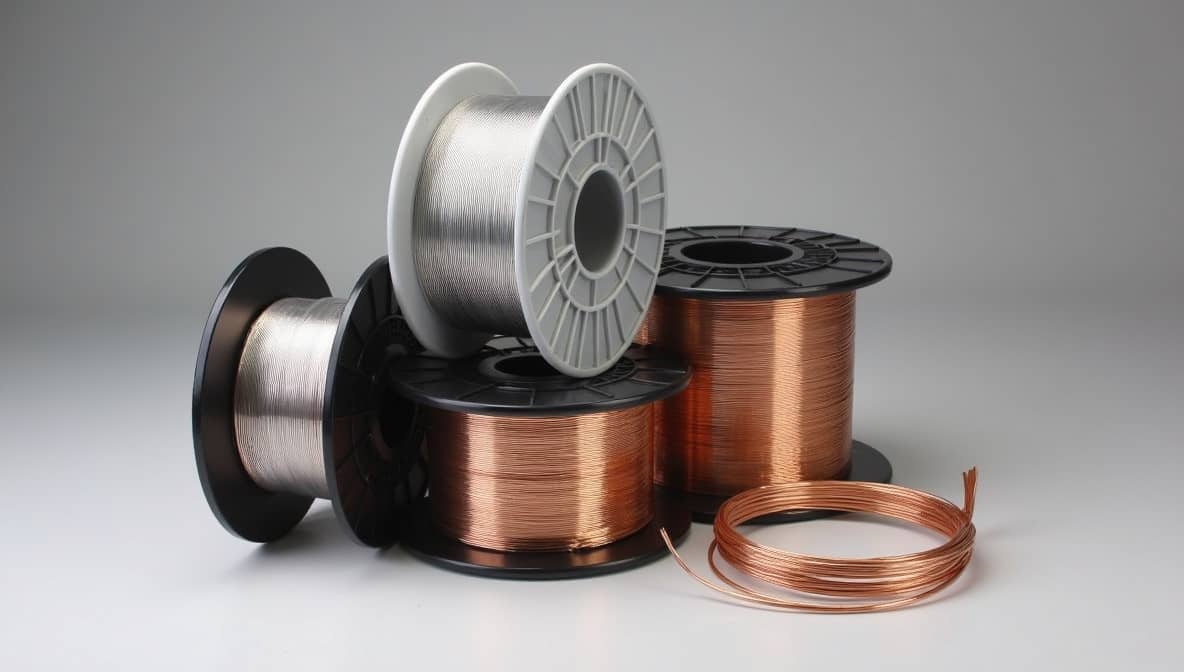Welding Wisdom for Professionals and Beginners Alike.
Start from herePrecision Welding Insights at Your Fingertips
Building Stronger Connections through Welding
Explore Welding
Discover comprehensive resources across all welding disciplines. From beginners looking to start their journey to professionals seeking advanced techniques, WeldingHubs has you covered.
Aluminum Welding
ExploreARC Welding
ExploreWelding Certificate
ExploreWelding Classes
ExploreElectrode
ExploreEngine Welding
ExploreWelding Equipment
ExploreFlux
ExploreGas Welding
ExploreHelmet
ExploreWelding Job
ExploreWelding Machine
ExploreMIG Welding
ExplorePipe Welding
ExploreWelding Process
ExploreSafety
ExploreWelding School
ExploreWelding Service
ExploreSpot Welding
ExploreStainless Welding
ExploreStick Welding
ExploreWelding Table
ExploreWelding Technology
ExploreTIG Welding
ExploreWelding Training
ExploreUnderwater Welding
ExploreWelding Wire
ExploreUses of Welding
ExploreLatest Articles
AC vs DC Welding for Aluminum: Pros, Cons, and Expert Recommendations
AC welding is generally better for aluminum. It effectively tackles aluminum oxide, which forms quickly. AC improves arc stability and penetration. This helps start and maintain the weld. While DC…
AC Balance for TIG Welding Aluminum: Settings to Maximize Performance and Control
AC balance in TIG welding aluminum adjusts the squarewave AC output. It controls the ratio of cleaning to penetration. A setting of 30-35% is ideal for beginners. Proper adjustments enhance…
AC vs DC for Aluminum TIG Welding: Key Insights and Best Practices Explained
The preferred current for TIG welding aluminum is AC (Alternating Current). AC removes the oxide layer, which helps create strong and clean welds. Although DC (Direct Current) can be used,…
AC vs. DC Welding Aluminum: Techniques, Tips, and Best Practices for Success
AC (Alternating Current) is best for welding aluminum because it removes the oxide layer. DC (Direct Current) works well for welding mild steel and stainless steel using TIG (Tungsten Inert…
Master AC Arc Welding Aluminum: Essential Tips, Techniques, and Best Practices
Stick welding aluminum can be challenging. Use a DC welder to improve penetration depth. AC welders can be used but are not optimal. For superior results, consider TIG welding. Always…
Aluminum Welding vs Steel: Key Differences, Tips, and Techniques for Success
Aluminum has a melting point of 1,221°F, lower than steel’s 2,500°F. It conducts heat better than steel, needing more heat for welding. Steel is typically stronger and more durable, while…
Aluminum TIG Welding Rod Chart: Essential Filler Metal Guide and Tips
The aluminum TIG welding rod chart helps you choose the right filler metal. Focus on ease of welding and weld joint strength. Use 4043 or 5356 based on your operating…
Aluminum Welding Rod Types: A Comprehensive Guide to Filler Metal Selection and Techniques
For cast aluminum, use 4043 or 5356 aluminum filler rods for TIG welding. The 4043 rod suits softer aluminum, while the 5356 rod provides extra strength. Always match the filler…
Aluminum Welding Procedure Specification: Essential Techniques and AWS Standards
An aluminum welding procedure specification (WPS) defines important practices for aluminum welding. It includes joint design, welding process, inert shielding gas, and filler materials. Following AWS D1.2 ensures quality. Conducting…

